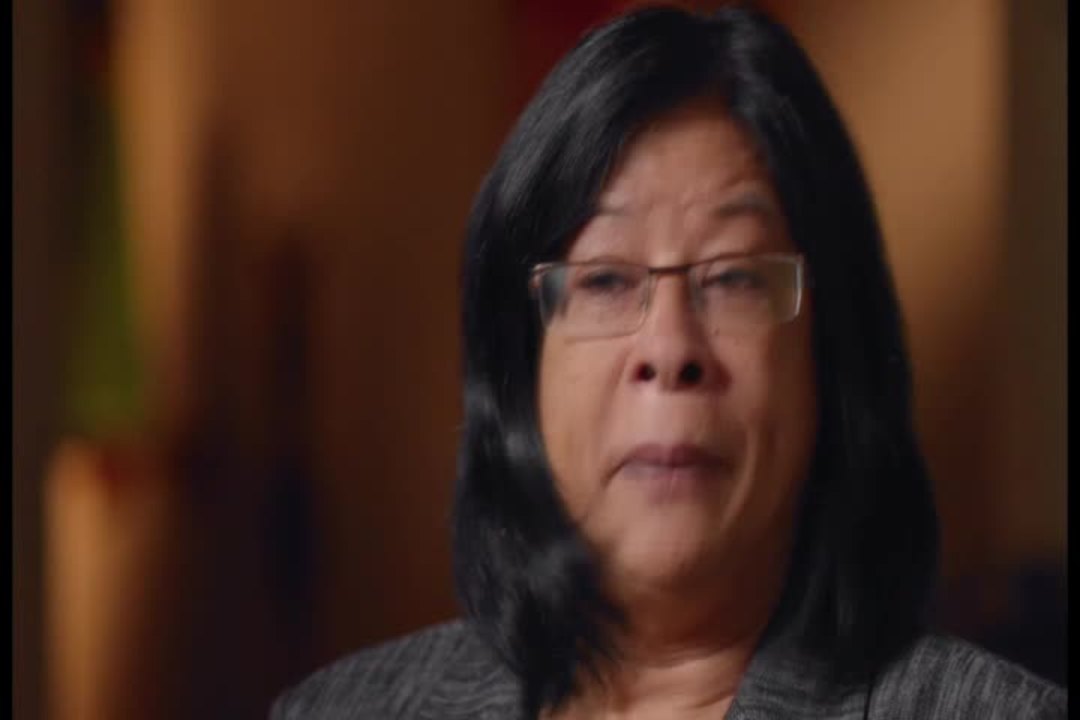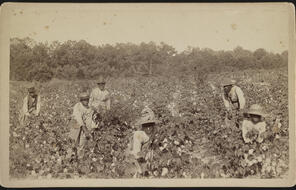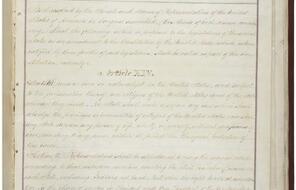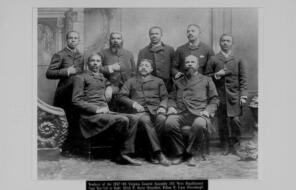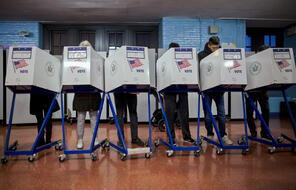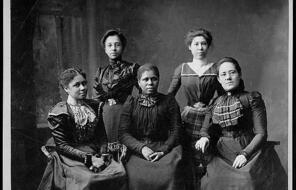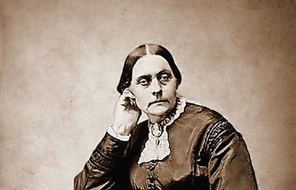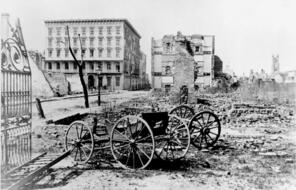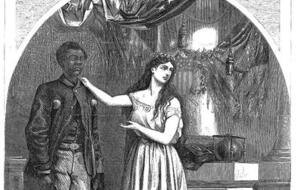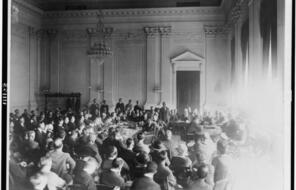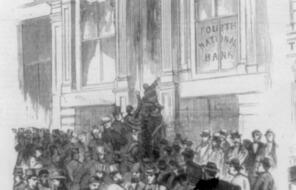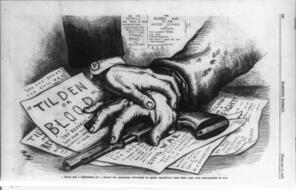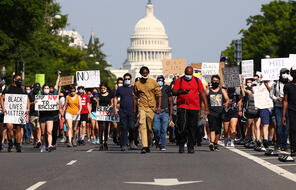
Lesson
California Grape Workers’ Strike: 1965–66
Students explore the first year of the Delano grape strike, when grape workers in California's San Joaquin Valley went on strike to demand higher wages and better work conditions.
Duration
One 50-min class periodSubject
- History
- Social Studies
Grade
9–12Language
English — USPublished
Overview
About This Lesson
In this lesson, students will learn about the initial phase of the grape workers’ strike that occurred in California’s San Joaquin Valley from 1965 to 1966. The strike lasted until 1970, when most grape growers signed contracts with the United Farm Workers union. After exploring images related to the farmworkers' movement, students will watch a video that explains the events that occurred in the first year of the strike. Then, students will analyze the strategies used during this period of the farmworkers’ movement and reflect on the impact these strategies had.
Preparing to Teach
A Note to Teachers
Before you teach this lesson, please review the following guidance to tailor this lesson to your students’ contexts and needs.
Lesson Plans
Activities
Extension Activities
Materials and Downloads
Quick Downloads
These are the handouts, available in English and Spanish, that students use throughout the one 50-min class period lesson plan.
Download the Files

Inspiration, insights, & ways to get involved
Subscribe to our email updates

